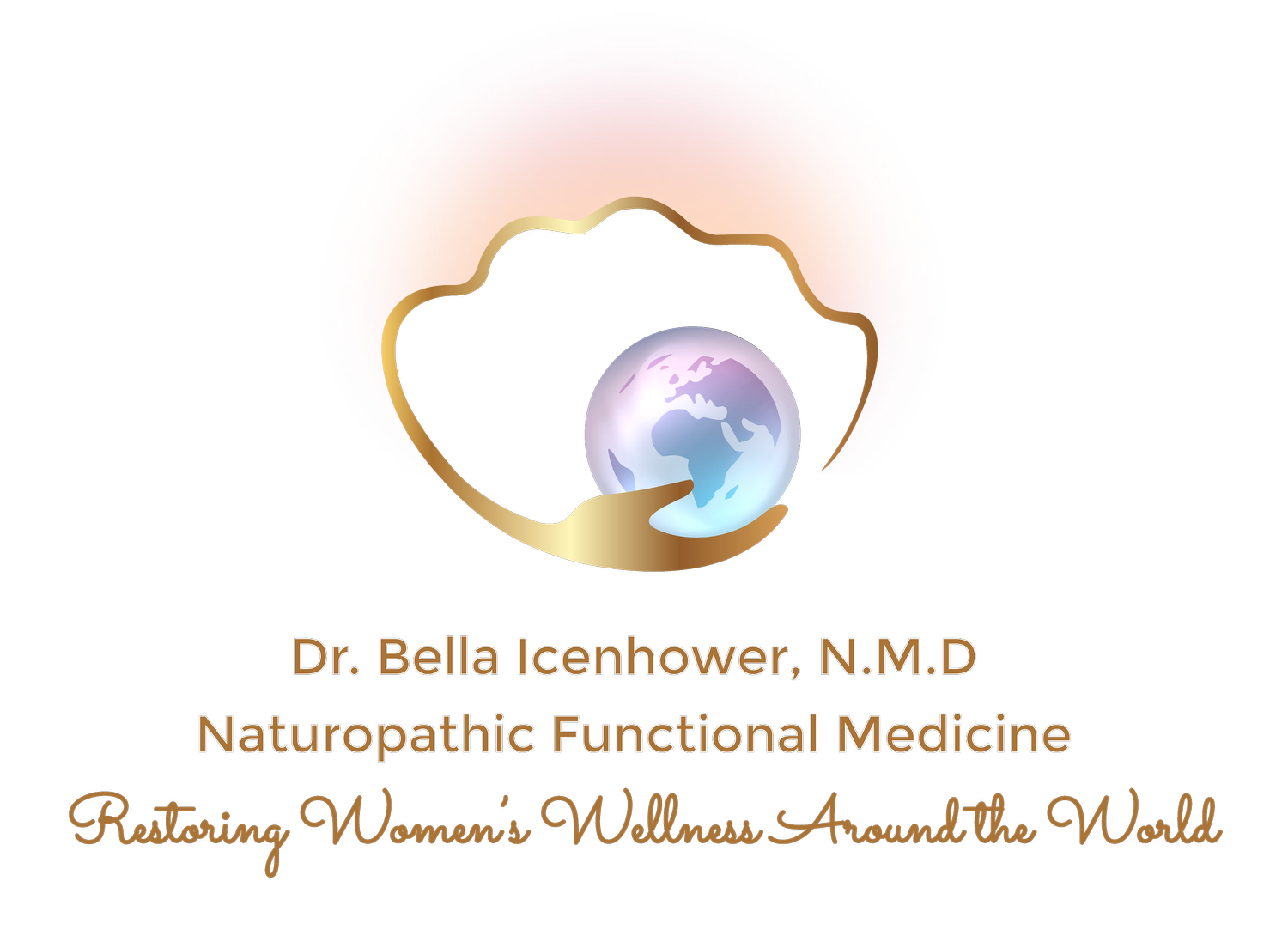Naturopathic Medicine: A Primary Care Practice
According to the NIH, Naturopathic Medicine: A Primary Care Practice
Who is your Naturopathic Doctor?
According to the NIH:
Synopsis
Naturopathic medicine is a distinct type of primary care medicine that blends age-old healing traditions with scientific advances and current research. It is guided by a unique set of principles that recognize the body’s innate healing capacity, emphasize disease prevention, and encourage individual responsibility to obtain optimal health. Naturopathic treatment modalities include diet and clinical nutrition, behavioral change, hydrotherapy, homeopathy, botanical medicine, physical medicine, pharmaceuticals, and minor surgery. Naturopathic physicians (NDs) are trained as primary care physicians in four-year, accredited doctoral-level naturopathic medical schools. Currently, there are 15 U.S. states, 2 U.S. territories, and a number of provinces in Canada, Australia, and New Zealand that recognize licensure for NDs.
Naturopathic Medicine Overview
Naturopathic Medicine is a distinct type of primary care medicine that blends age-old healing traditions with scientific advances and current research. It is guided by a unique set of principles that recognize the body’s innate healing capacity, emphasize disease prevention, and encourage individual responsibility to obtain optimal health (List 1). The naturopathic physician (ND) strives to thoroughly understand each patient’s condition, and views symptoms as the body’s means of communicating an underlying imbalance. Treatments address the patient’s underlying condition, rather than individual presenting symptoms. Modalities utilized by NDs include diet and clinical nutrition, behavioral change, hydrotherapy, homeopathy, botanical medicine, physical medicine, pharmaceuticals, and minor surgery1, 2. Naturopathy can be traced back to the European “nature cure,” practiced in the nineteenth-century, which was a system for treating disease with natural modalities such as water, fresh air, diet, and herbs. In the early twentieth-century, naturopathy developed in the U.S. and Canada, combining nature cure, homeopathy, spinal manipulation and other therapies (Timeline)3.
Naturopathic Approach to Health
In naturopathic theory, illness is viewed as a process of disturbance to health and subsequent recovery in the context of natural systems. Many things can disturb optimal health, such as poor nutrition, chronic stress, or toxic exposure. The goal of the ND is to restore health by identifying and minimizing these disturbances. In order to do this, the ND first recognizes the factors that determine health (Table 1). A determinant becomes a disturbance when it is compromised in some way.
In attempting to restore health, the ND follows a specific, yet adaptable, therapeutic order that begins with minimal interventions and proceeds to higher level interventions as necessary (List 2). The order begins with reestablishing the conditions of health, such as developing a more healthful dietary and lifestyle regime. Next, the body’s natural healing mechanisms may be stimulated through techniques such as hydrotherapy, which can increase the circulation of blood and lymph. The third step is to support weakened or damaged systems with homeopathy, botanical medicines, or specific exercises, such as yoga. The fourth step is to correct structural integrity, which is typically done with physical medicine techniques including massage and naturopathic manipulation. The fifth step is to address pathology using specific natural substances, such as dietary supplements. The sixth step is to address pathology using pharmaceutical or synthetic substances. Surgical correction is reserved for the final therapeutic step4.

